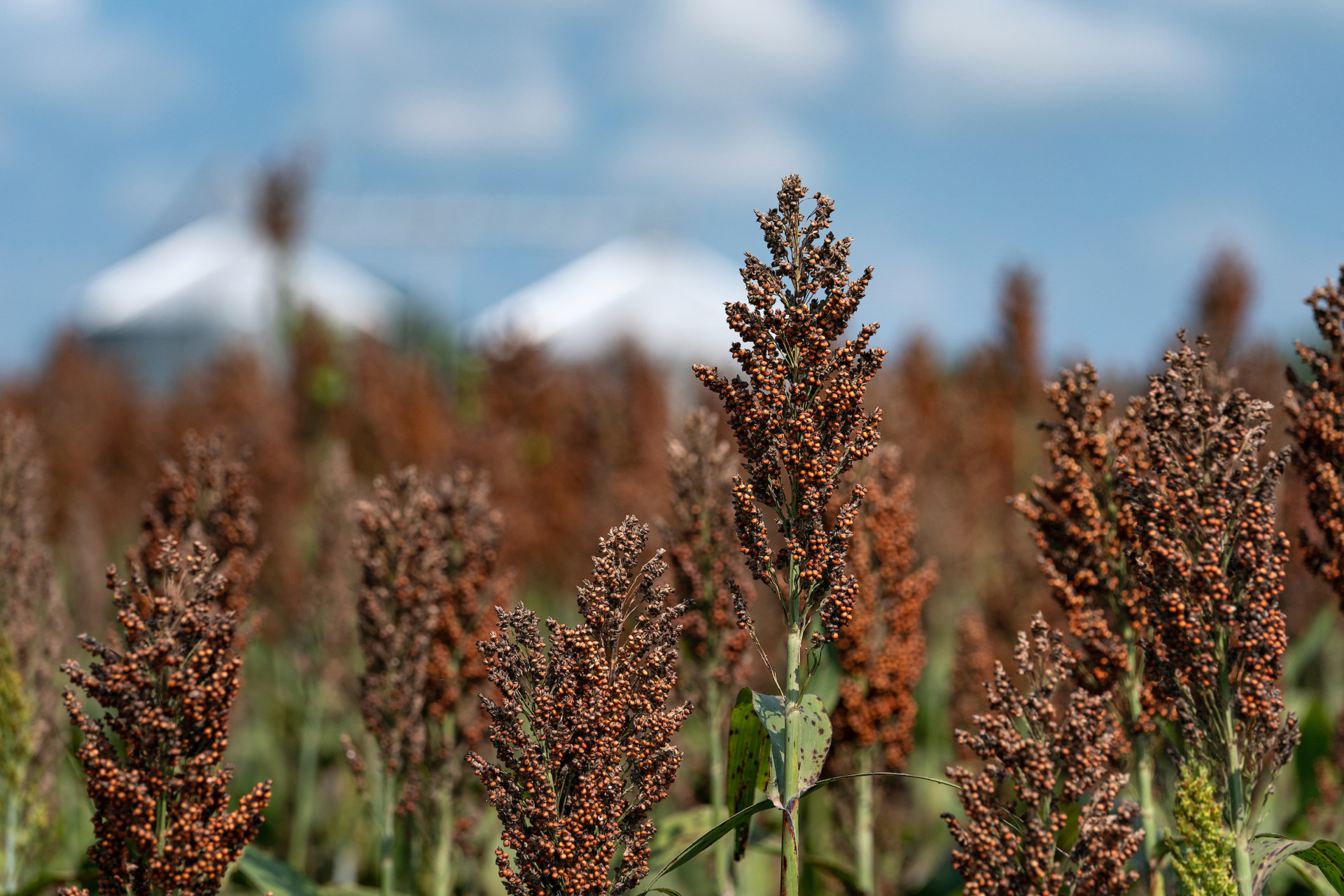Similar to 2023, there appears to be a potential for high chinch bug infestation into seedling sorghum in areas of south central Kansas. Growers are reporting high numbers of chinch bugs in harvested wheat fields. These chinch bugs have the potential to move into newly planted sorghum fields. This morning I received a report of a sorghum field that was completely destroyed due to chinch bugs. A particular concern is in double cropped sorghum planted directly into the recently harvested wheat.
The first line of defense against chinch bugs is to plant insecticide-treated seed. Gaucho (imidacloprid), Poncho (clothianidin) and Cruiser (thiamethoxam) are all effective seed treatments that should provide three weeks of control. A lot of the grain sorghum seed is treated, but not all of it. If you have any doubt, check the seed tag or ask your seed salesperson. With forage sorghums, even less is treated, particularly the multi-cut type sorghums. In a few situations the chinch bug population may overwhelm the seed treatment.
The worst situation is likely to be in double cropped sorghum that is being planted directly into the wheat stubble infested fields. Under this scenario, the entire field may need to be treated. Where sorghum is planted adjacent to a failed wheat crop, only border rows may be infested and need treating.
Treatment thresholds will vary with plant size, but the most common recommendation for seedlings less than 6 inches is two or more chinch bugs on 20 percent of the plants. In addition to the leaf blade, look under the leaf sheath to find chinch bugs.
Foliar insecticide options are limited almost exclusively to the pyrethroids. The two most commonly used are lambda cyhalothrin (Karate Zeon, Warrior, Others) and Zeta-cypermethrin (Mustang Maxx). Chlorpyrifos (Warhawk, Pilot, Others\ ) also has reasonably good activity on chinch bug, but supplies may be limited. Chlorpyrifos is labeled and can be used in 2024. For any of the insecticides, coverage is key, so use plenty of water and direct as much spray as possible to the small plants.
For additional Information:
TAMU 2023 Managing Insect and Mite Pests of Texas Sorghum




